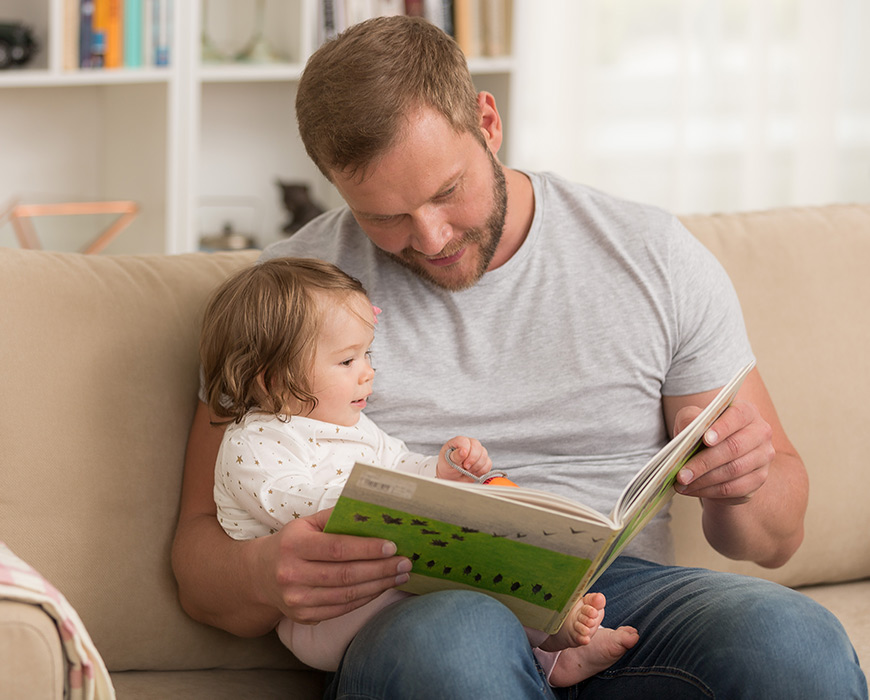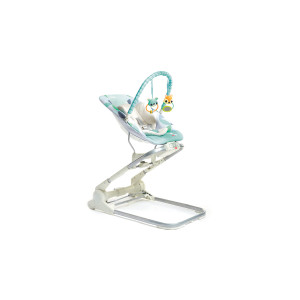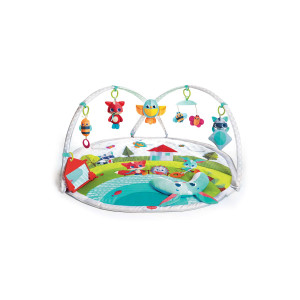From Baby Talk to Table Talk
The foundation of your child's language skills develop from the time he is born until he is about four years old. And it is an exciting jounrey to witness as a parent. Communication is what enables us to share our thoughts and impressions with others, share memories of the past and our hopes for the future. Language is at the core of our ability to communicate our thoughts and emotions. This ability is unique to humans and is one of our most developed and intellectually advanced capabilities. We are born with an innate urge to communicate; an urge that is central to our very being – even before language skills develop.
























 English - International
English - International French - France
French - France Spanish
Spanish German
German Portuguese
Portuguese English - USA
English - USA English - UK
English - UK Russian
Russian Italian
Italian Japanese - Japan
Japanese - Japan Polish - Poland
Polish - Poland





